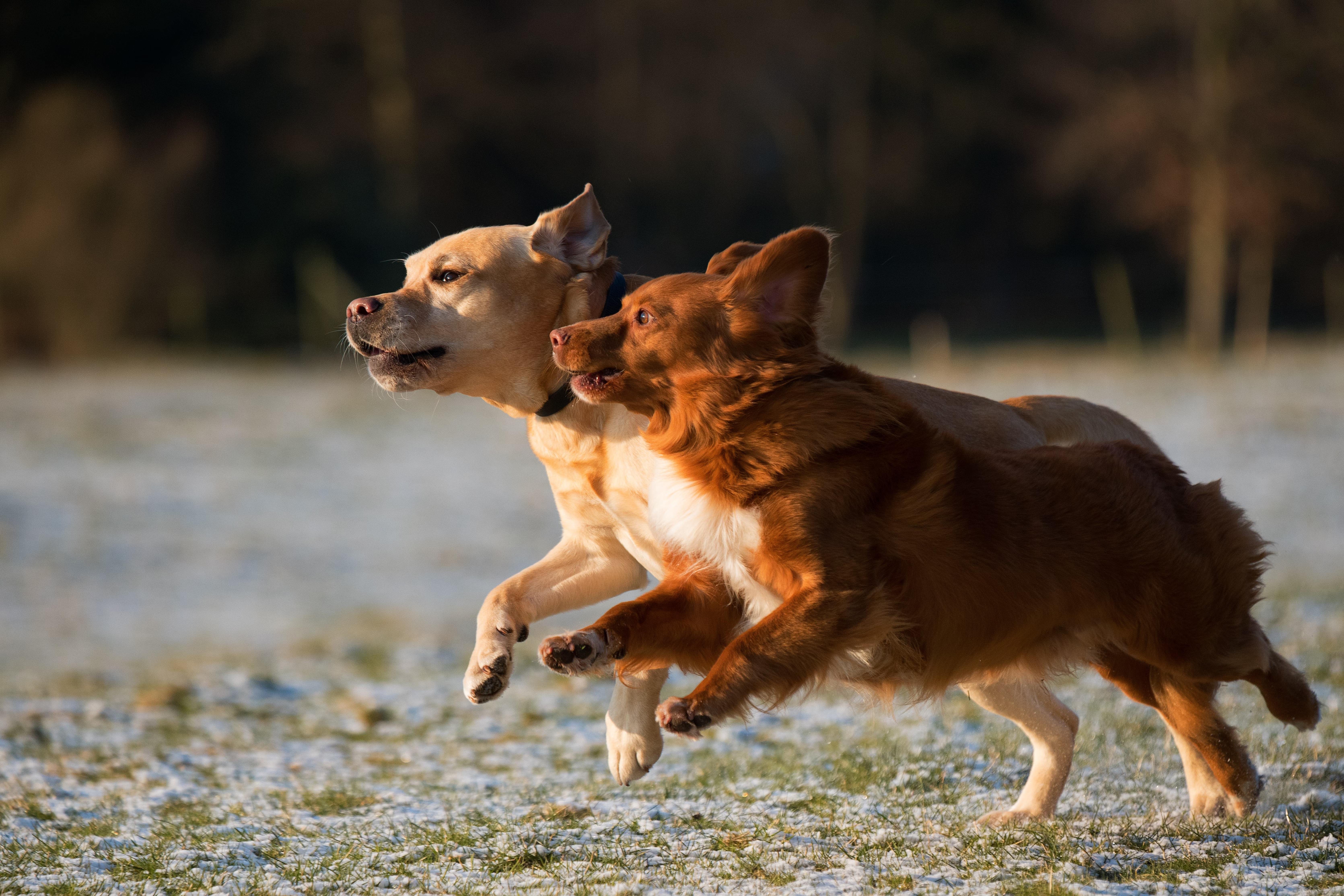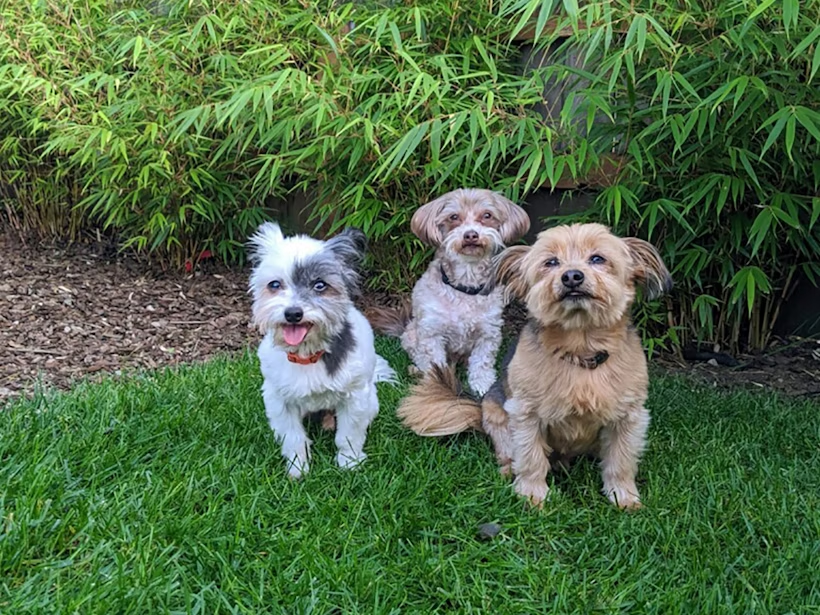Many breeds have predictable features which help people identify them. So, if I asked you to describe a Pug, you might recall a compact pup with wrinkles on its short-muzzled face and a curled tail. Whereas if I asked about a Greyhound, you’d detail a tall, sleek dog that has a deep chest and narrow waist—perfect for hitting top running speeds. But do those differences in body size and structure affect the health of dog breeds?
Wisdom Panel scientists teamed up with veterinary researchers at the University of California-Davis to study that very question. In particular, the team was interested in how varying instances of genetic relatedness (also known as inbreeding), in combination with those differences in size and structure, impacted overall health. Let’s break down the findings from that study.
Inbreeding indicates a mating of individuals who share a common ancestor. In the world of dogs, establishing a distinct breed often requires some degree of inbreeding to refine and reinforce particular features or traits. However, because there’s a limited introduction of new genes during these pairings, offspring have a higher chance of inheriting health disorders and an increased tendency for disease susceptibility. Therefore, responsible breeders work to maintain desired traits while also being mindful of health risks within their family lines.
Measuring genetic diversity can help provide an indication of inbreeding levels for an individual or, as with this recent study, within a population. More specifically, though, genetic diversity is not a test for a particular gene. Instead, it measures commonality within a range of inherited genes from each side of the family. A high genetic diversity score indicates a wide variety of different traits, while a low score indicates a lesser variety.
Using pet insurance data to help measure general health across various dog breeds, newly published research compares the findings with breed size, body structure, and estimates of inbreeding based on breed averages. And by putting this information together, the research team gained insight into potential links for breed-related disease rates.

It’s no secret that dog breeds with shortened muzzles, known as brachycephaly, can be prone to numerous upper airway issues. So it’s not surprising that the study showed brachycephalic breeds tend to require more veterinary care than dogs with other muzzle shapes—a fact supported by other studies. These breeds also generally have smaller body sizes, which is important to note, as you’ll see later. But delving deeper, the study found average genetic relatedness of brachycephalic breeds was higher than other breeds.
Overall, the study’s findings support that breeds with higher inbreeding require more veterinary care. And, after removing brachycephalic breeds (as their facial conformation heavily influences their health), larger breeds in this category tend to require even more health care than smaller-sized pups. This finding indicates an effect of body size on general health. For instance, Mastiff-type breeds showed a high disease tendency average, although overall body size and structure can vary for these breeds.
Interesting exceptions to the correlation of inbreeding and health were a few breeds that showed high genetic relatedness but low disease prevalence. This group included the Border Terrier, Basenji, Collie, and English Setter breeds. Typically, breeds with the lowest inbreeding were from random-bred backgrounds or breeds with recent cross-breeding (such as the Australian Labradoodle).
The ultimate takeaway from the paper’s findings is that larger breeds with higher genetic relatedness showed a higher tendency to require veterinary care than smaller breeds with a more genetically diverse background.
The scientists behind the paper were careful to point out that there’s a chance for over- or underestimating the true effects on health for any given individual, as breed averages were used in this study rather than specific, individual measurements. But ultimately, the paper supports an essential pillar of all good breeding practices: maintaining genetic diversity within any given breed or pup population is essential for improving future generations of human’s best friend.
Interested in learning your dog’s genetic diversity score?
Explore Wisdom Panel™ Premium



